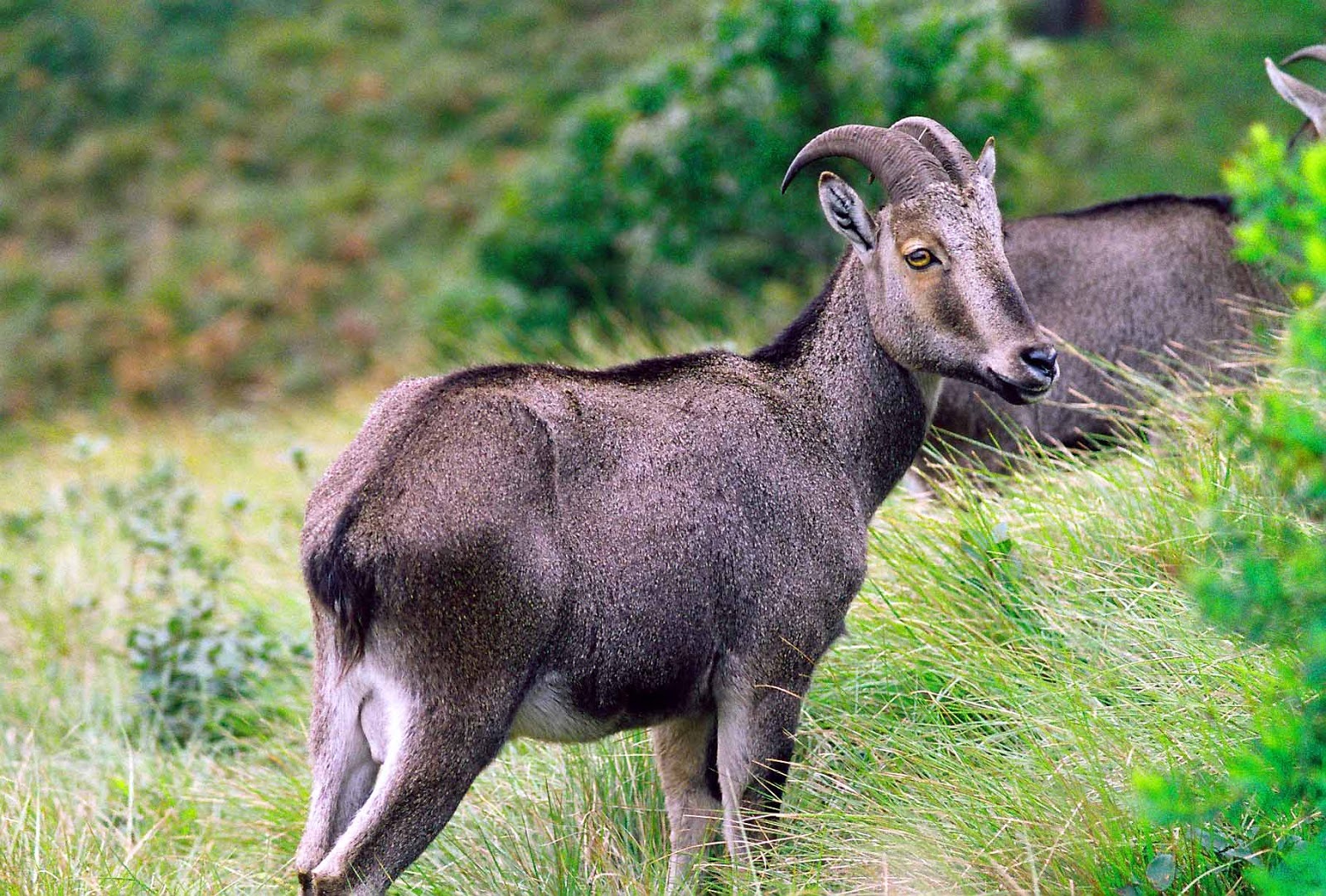Nilgiri Tahr
2022 DEC 30
Preliminary >
Environment and Ecology > Species extinction & protection > Species in news

Why in news?
- Tamil Nadu undertakes project to conserve Nilgiri tahr
- The project would be implemented during a 5-year period from 2022-2027
- It follow a strategy including synchronised surveys to estimate numbers of the tahrs through radio telemetry and radio-collaring, among others.
About Nilgiri Tahr:
- Nilgiri Tahr also known as Varaiaadu has been listed as an endangered species and is protected under Schedule-I of the Wildlife (Protection) Act of India, 1972.
- The animal inhabits meadows with steep cliffs at elevations between 300 metres and 2,600 metres above sea level.
- Currently there are only 3,122 Tahrs in the wild.
- It has become locally extinct in around 14% of its traditional shola forest-grassland habitat.
- The species once inhabited a large portion of Western Ghats, but it now restricted to a few pockets in Tamil Nadu and Kerala.
- Habitat loss, biotic pressure, invasive and exotic species and adverse impact of climate change.
- There are several references to the Nilgiri tahr in the 2,000-year-old Tamil Sangam literature.
- Two of the five great epics of the Sangam period, Silappathikaram and Sivaka Cintamai include descriptions of the tahr and its habitat.
Add ons:
- The project – the Nilgiri tahr – aims to restore its original habitat and try to re-introduce the species in areas where they originally lived
- Restoration of shola grasslands which is the major habitat for the Nilgiri Tahr would be taken up as a priority under the project1111.
PRACTICE QUESTION
Consider the following statements regarding ‘Nilgiri Tahr’:
1. It is an omnivorous species
2. It is protected under Schedule-I of the Wildlife (Protection) Act of India
3. Currently, its population is largely restricted to Karnataka
Which of the statements given above is/are correct?
(a) 1 and 2 only
(b) 2 only
(c) 1 and 3 only
(d) 2 and 3 only
Answer
